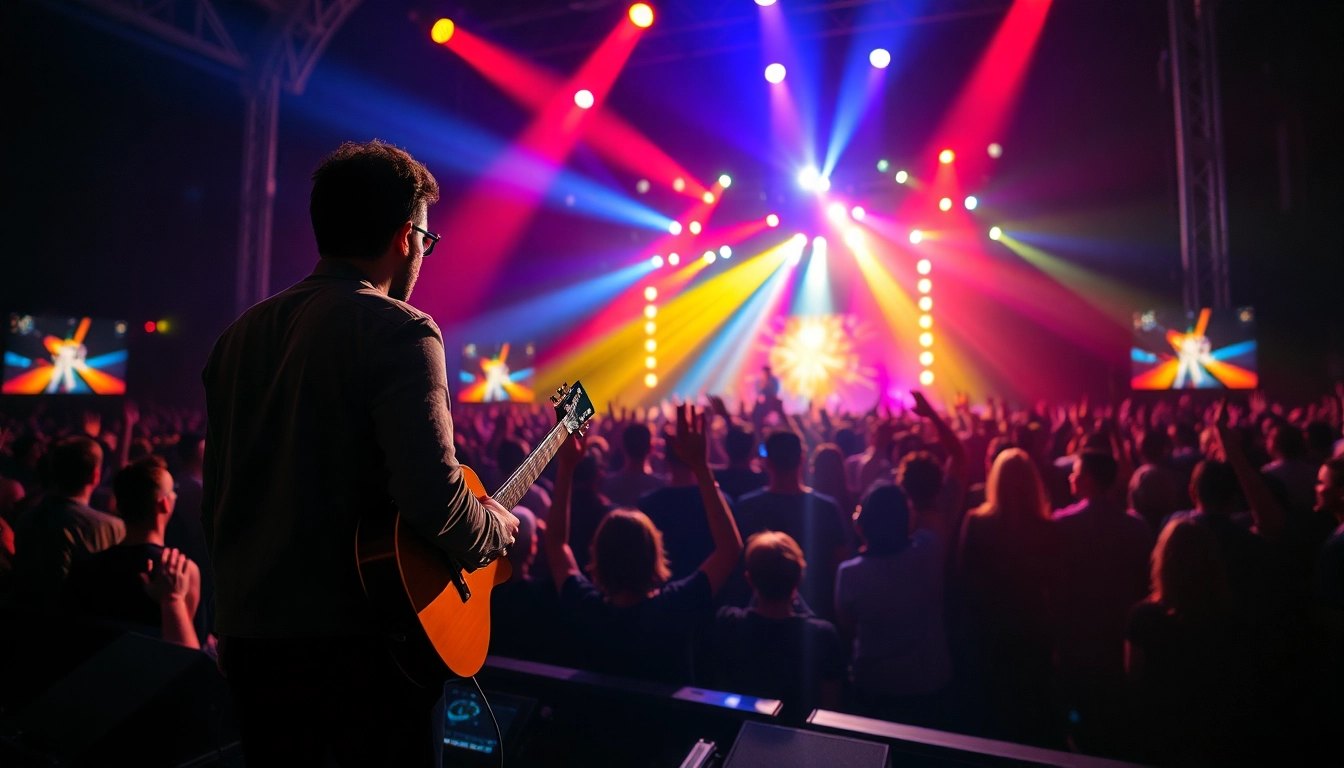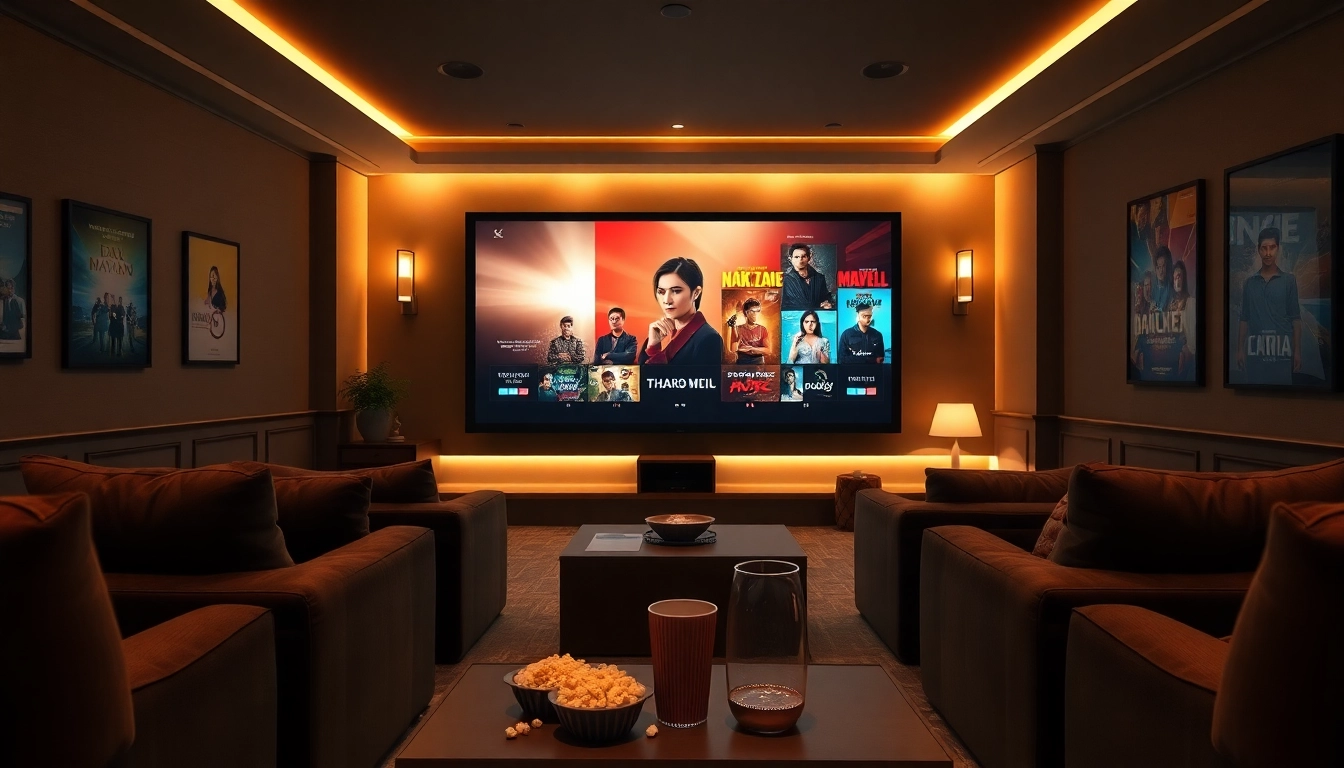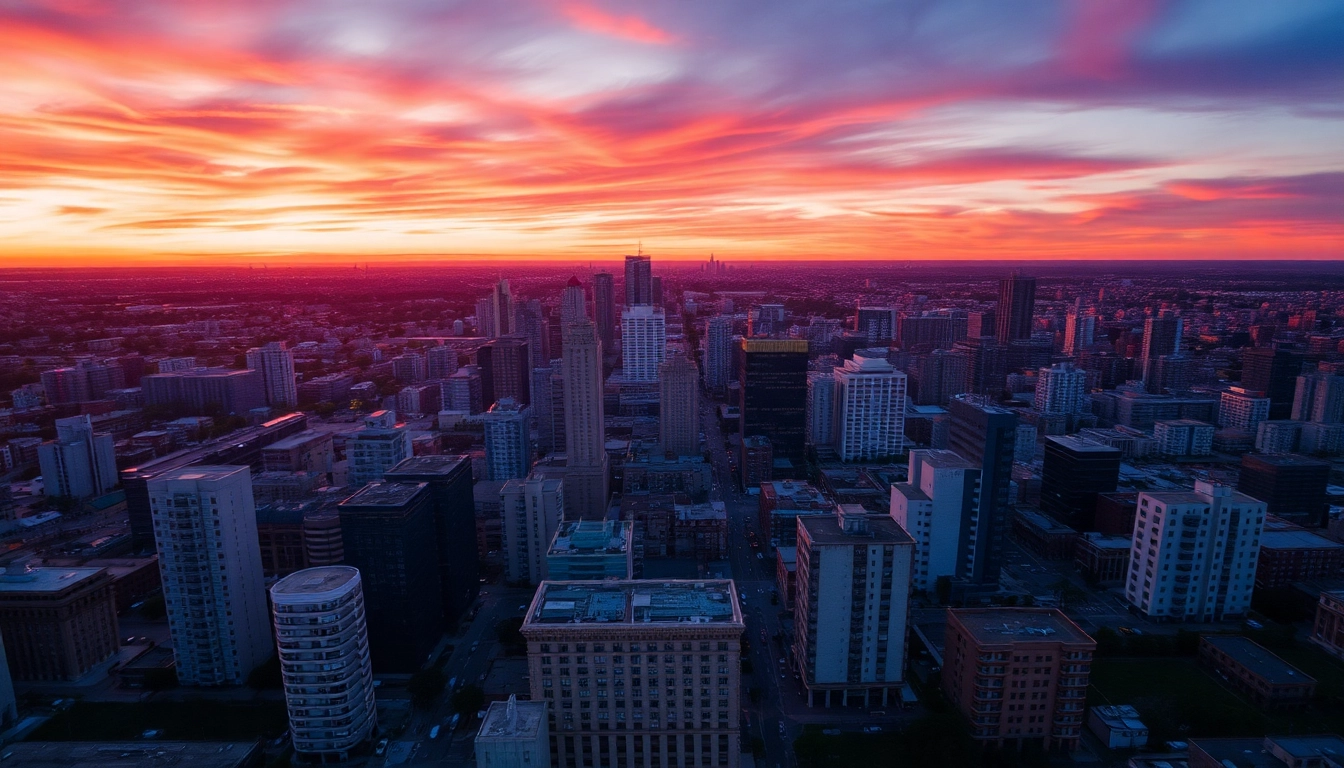Understanding the Impact of Touring on the Music Industry
Touring is one of the most essential components of a musician’s career, providing not just a platform for live performances but also a significant opportunity for revenue generation and fan engagement. For many artists, especially emerging musicians, touring serves as a crucial strategy for establishing a loyal fan base and increasing their market visibility. This comprehensive examination will delve into the multifaceted impacts of touring on the music industry, its importance in artist development, and the intricacies of planning and executing a successful tour.
Importance of Live Performances
Live performances are the heartbeat of the music industry. They create unique experiences that studio recordings cannot replicate. Concerts allow artists to connect with their audience on a personal level, fostering an emotional bond that enhances loyalty to the artist’s work. The thrill of being present at a live show, the shared experiences among attendees, and the artist’s real-time interaction create an atmosphere that recordings simply cannot match.
Live performances are also a testing ground for new material. Artists can gauge audience reactions, allowing them to refine their craft and adjust their music accordingly. For example, renowned artist Taylor Swift is known for her elaborate stage productions and ability to read her audience, which has played a pivotal role in honing her performances for future tours.
Revenue Generation from Tours
For most artists, particularly independent musicians, touring is a primary source of income. Record sales may no longer provide significant revenue due to the rise of streaming platforms, which have transformed music consumption patterns. According to a 2020 survey by the International Federation of the Phonographic Industry (IFPI), approximately 75% of artists reported that live performances were their main income source. Alongside ticket sales, additional revenue streams from merchandise sales, sponsorships, and partnerships can significantly boost an artist’s earnings during a tour.
It’s important to consider the economics of touring: expenses like travel, accommodations, and venue fees can be substantial and often require extensive planning. However, successful tours can lead to substantial profits, as seen with artists like Ed Sheeran, whose ÷ (Divide) Tour in 2017 grossed more than $600 million, highlighting how lucrative a well-executed tour can be.
Building a Fan Base Through Touring
Touring is an effective method for cultivating a fan base. Performing live exposes artists to new audiences and potential future fans. Through targeted marketing and social media engagement before and during tours, artists can create a buzz that translates into higher concert attendance. Emerging artists often rely on smaller venues and intimate gatherings to create a connection with their audience, which can lead to organic growth in fan loyalty. A case in point is Billie Eilish, who gained popularity by touring smaller venues before she exploded into mainstream success.
Planning a Successful Tour
Identifying Target Markets
The first step in planning a successful tour is understanding where the audience resides. Identifying target markets dictates everything from venue selections to marketing strategies. Tools such as demographic analytics on social media platforms help artists pinpoint their audience’s geographical locations. For instance, if an artist sees higher engagement in a particular city, it’s logical to prioritize that location in the tour schedule.
Engaging local promoters can also aid in promoting the event efficiently. They possess valuable local insights and connections that can bolster ticket sales. Fostering relationships with local music influencers can also serve beneficial in reaching a broader audience.
Setting a Realistic Budget
Budgeting is a critical step in tour planning. A realistic budget should consider all potential expenses, including travel, accommodation, technology, crew salaries, and marketing efforts. Emerging artists typically operate on tighter budgets, which necessitates strategic planning. Utilizing cost-effective solutions, such as sharing resources with other artists or opting for less expensive venues, can also help manage expenses.
A detailed spreadsheet outlining every line item allows artists to keep track of their financial situation throughout the planning phase and the tour itself. Remember, the goal is to generate sufficient revenue to cover costs and ideally produce a profit.
Logistics and Scheduling Considerations
Timing and logistics are pivotal in the success of a tour. A well-planned schedule maximizes audience attendance while minimizing travel-related fatigue. Artists must consider factors such as local events, holidays, and the availability of venues. Creating an itinerary that allows for downtime can help maintain the artist’s energy and performance quality.
In addition to schedule management, effective logistical planning involves transportation arrangements for both the artist and the crew. Gear rentals, vehicle logistics, and accommodation bookings should all be managed well in advance. Having a dedicated tour manager can streamline these processes significantly.
Marketing Strategies for Touring Artists
Utilizing Social Media Platforms
Social media platforms serve as integral marketing tools for artists. They provide an accessible method to reach fans and promote tours. Regular updates, interactive posts, and engaging content can captivate audience interest leading up to the event. Developing a countdown to the tour using platforms like Instagram or Twitter can create anticipation among fans.
Paid advertising on these platforms also allows for targeted marketing towards geographical locations where concerts will be held, ensuring that promotional content reaches the right audience. Collaborating with social media influencers can further enhance visibility.
Engaging Fans Through Content
Content creation should not be limited to promotional materials; artists should leverage every opportunity to engage their fan base. Sharing behind-the-scenes content, such as rehearsals or humorous tour stories, creates intimacy and strengthens the artist-fan relationship. User-generated content, including fan photos and stories, can also serve as powerful promotional material, fostering community and loyalty among fans.
Moreover, artists are increasingly adopting live-streaming platforms to engage fans unable to attend events in person, thereby expanding reach and building a more inclusive community.
Collaborations and Partnerships
Strategic partnerships can amplify marketing efforts. Collaborating with other artists for joint tours can help share fan bases, thus increasing audience size. Engaging brands for sponsorship deals can also provide financial support and cross-promotional opportunities, as seen with artists like Pop Smoke and his partnership with the clothing brand Dior.
Moreover, working with local businesses can enhance the tour experience, offering discounts to fans and fostering a sense of community around the events.
Challenges Faced During Tours
Health and Safety Protocols
In light of global health challenges, ensuring the safety of artists and concertgoers is paramount. Tours require robust health and safety protocols to mitigate risks, whether traveling amidst ongoing pandemic concerns or dealing with general health issues on the road. Artists need to stay informed of local health guidelines and develop contingency plans to address potential crises.
Utilizing healthcare professionals for pre-tour evaluations and on-tour medical assistance can be beneficial. Maintaining clear communication with the audience regarding health protocols can also foster trust and assurance among fans and encourage attendance.
Overcoming Performance Anxiety
Performance anxiety is common among artists, regardless of their level of fame. Addressing this issue is crucial for delivering exceptional performances. Techniques such as visualization, mindfulness, and adequate rehearsal can help control anxiety symptoms. Engaging with a support system or even mental health professionals may provide additional coping mechanisms that can contribute to a more enjoyable touring experience.
Many artists also find that connecting with fans provides a sense of reassurance. Engaging with supporters before performances, whether through social media or in-person meet-and-greets, can create a comforting atmosphere.
Managing On-the-Road Logistics
Managing the logistics of touring involves extensive coordination with varied moving pieces, from travel itineraries to equipment rentals. Keeping everything streamlined often requires employing a dedicated team to handle different elements of the tour, allowing artists to focus on performances. Regular communication with the team ensures that potential issues are addressed promptly, helping prevent avoidable situations.
Additionally, flexibility is key—having alternative plans to address unexpected changes in schedules or routes can save time and reduce stress.
Measuring the Success of a Tour
Fan Engagement Metrics
Success cannot be gauged merely through revenues. Fan engagement metrics are crucial for assessing a tour’s impact. Monitoring ticket sales trends, merchandise sales, social media interactions, and fan feedback can provide insights into audience reception and satisfaction. Post-tour surveys are also instrumental in gathering direct feedback, helping artists understand what their fans enjoyed and what areas need improvement.
Financial Performance Analysis
A comprehensive analysis of a tour’s financial performance involves evaluating revenue against expenses. Artists should track their earnings from ticket sales, merchandise, and sponsorships while carefully accounting for all associated expenses. This analysis helps determine profitability and assists in making informed decisions for future tours, including pricing strategies and budgeting considerations.
Long-Term Brand Impact
The ultimate measure of a successful tour is the long-term impact on the artist’s brand. This includes not only financial gains but also increased visibility, the growth of the fan base, and media coverage. Moreover, successful tours solidify an artist’s reputation and can lead to more lucrative opportunities, including higher ticket sales in subsequent tours.
Ultimately, a successful tour reflects a convergence of meticulous planning, market understanding, effective marketing strategies, and a profound connection with audiences. The effects of touring extend beyond the road, shaping not just the musician’s career but the broader landscape of the music industry itself.



